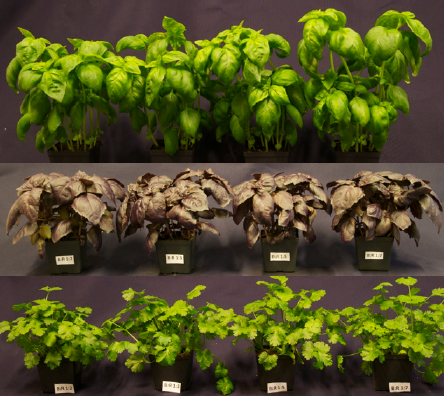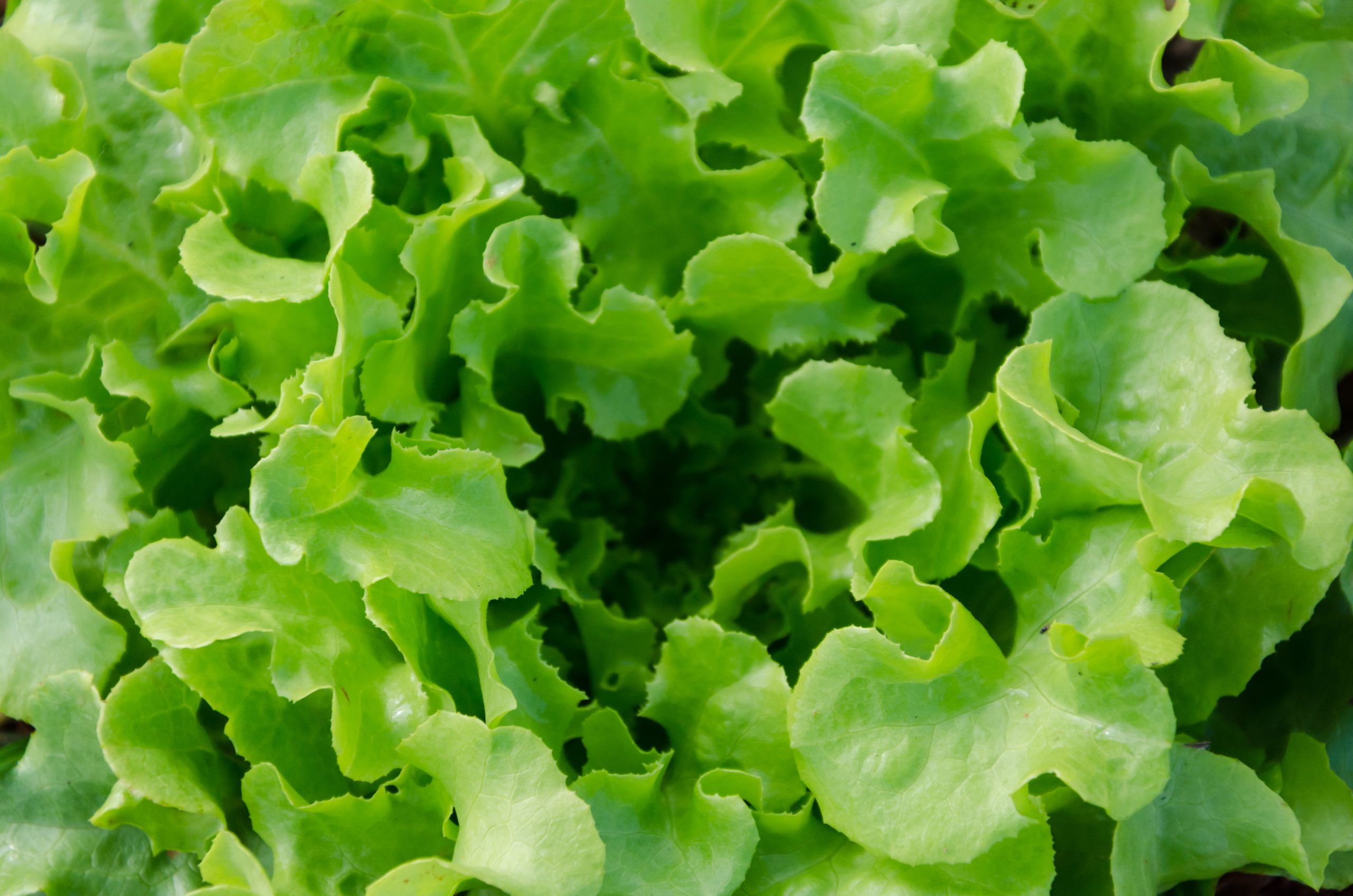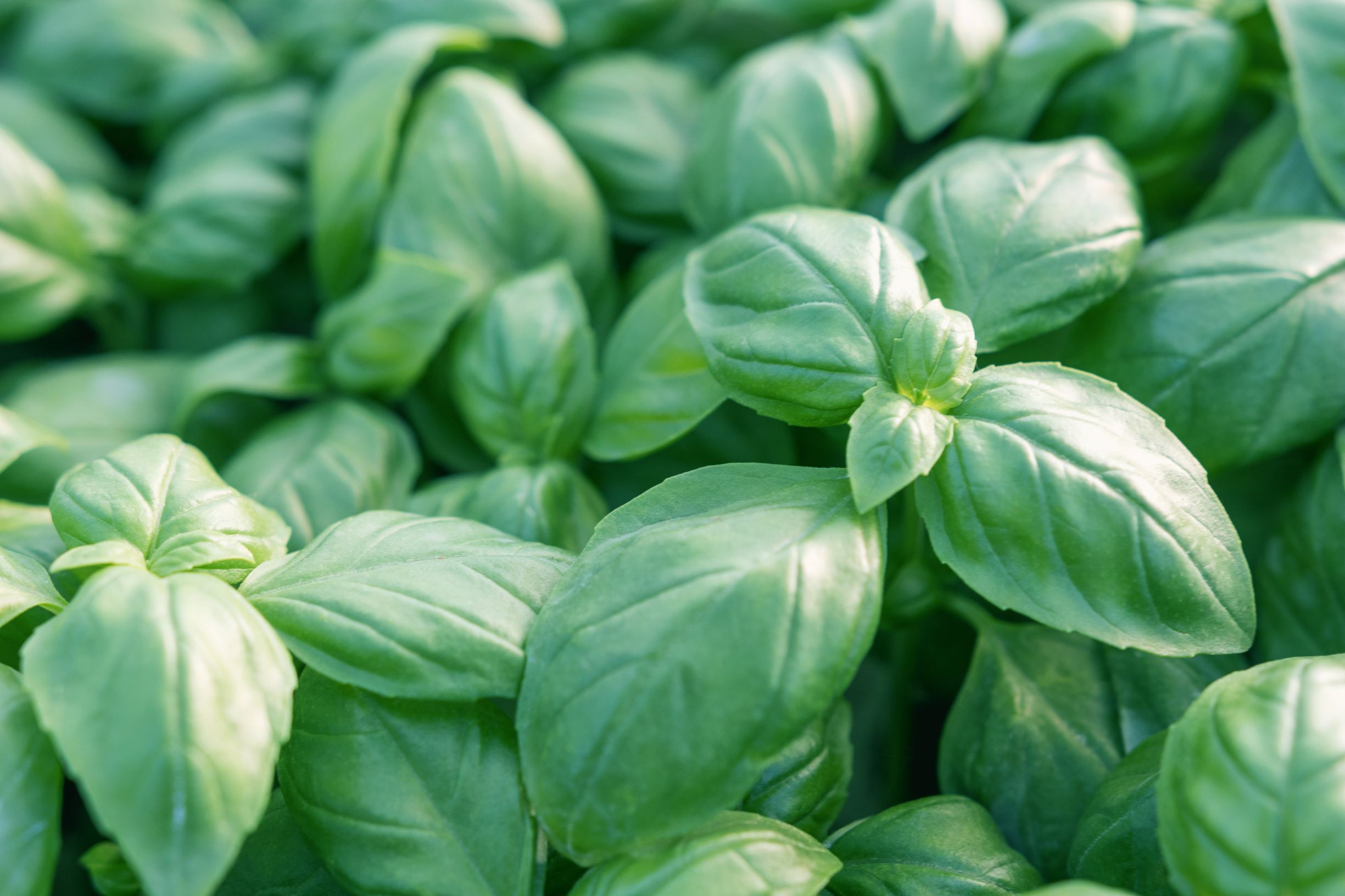Research
Ida Fallström, Plant and Light Expert and Daniel Bånkestad, Reserach Manager from Heliospectra conducted a comparison of herbs and leafy vegetable growth under various energy efficient LED light regimes.
Introduction
LED technology offers opportunities to enhance plant production efficiency and crop quality. LED luminaires’ efficiency varies based on the LED composition; for instance, deep red diodes deliver higher photon flux per watt than blue diodes, and white LEDs outperform green ones. However, spectral light quality significantly influences plant development and morphology. While red wavelengths are highly efficient for photosynthesis and plants can thrive with as little as 5% blue light, most plants flourish under solar-like balanced spectra. Hence, a low blue-to-red ratio light regime saves energy but may yield crops with undesirable traits, especially when LEDs are the sole light source.
Conclusions
- Reducing the B:R ratio led to stem/petiole elongation in all tested crops, in line with other studies.
- Though treatment differences stood out, they could be eclipsed by factors like light intensity, temperature shifts, or genetic diversity.
- Lowering blue light from 30% to 15% generally boosts crop growth without adverse effects, recommending a 1:2 B:R ratio for compact growth.
- The quantum efficiency difference between 1:2 and 1:5 B:R ratio luminaires at the same light intensity was about 3%.
Related content
helioLESSON 2: Light Intensity and Basics of DLI
Part 2 of our "By Growers for Growers Educational Series"! In this lesson our Technical
Growing Tomatoes in an Autonomous Greenhouse
This webinar features the creators and winners of Wageningen University’s Autonomous Greenhouse Challenge who share
Cultivating Local Market Demand for Greenhouse Herbs & Plants
Neame Lea Fresh, a part of the United Kingdom’s Bridge Farm Group, shares local market






